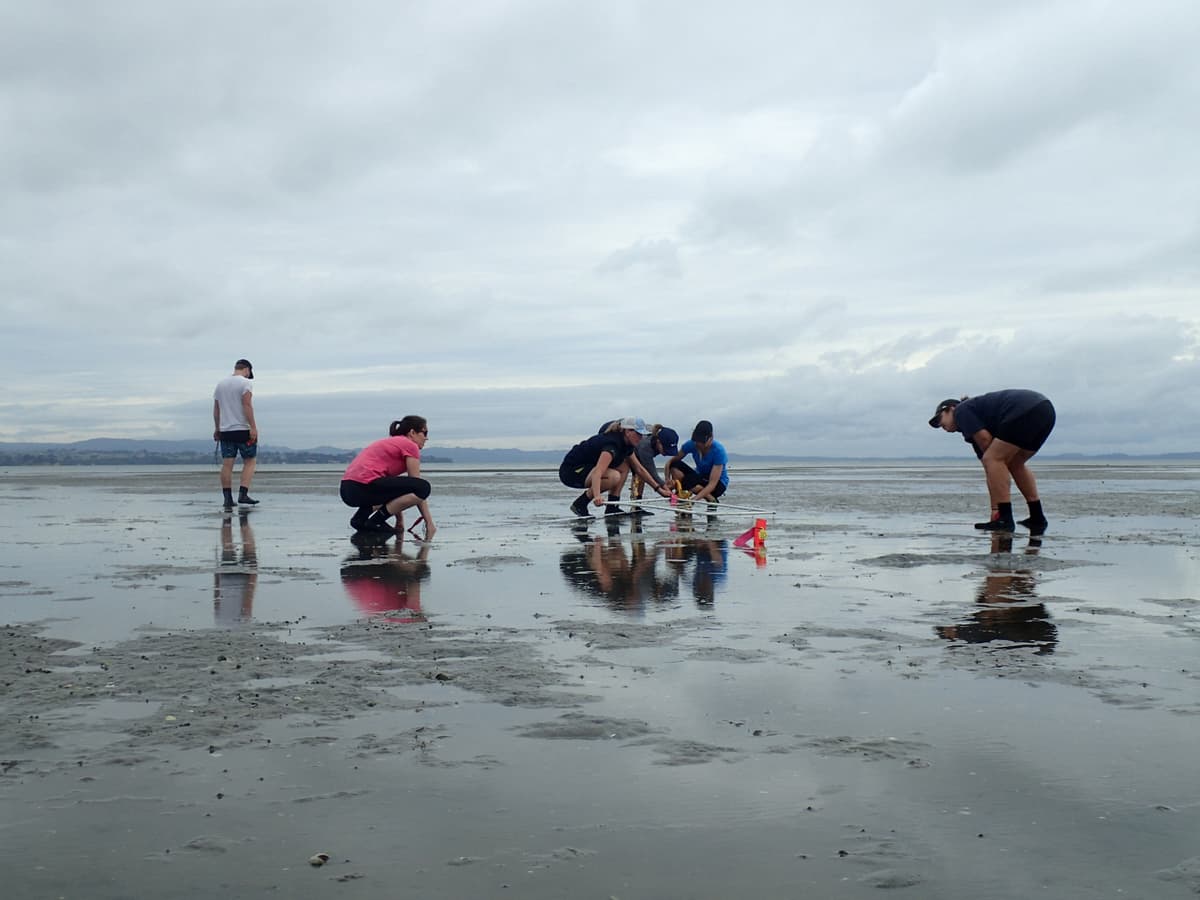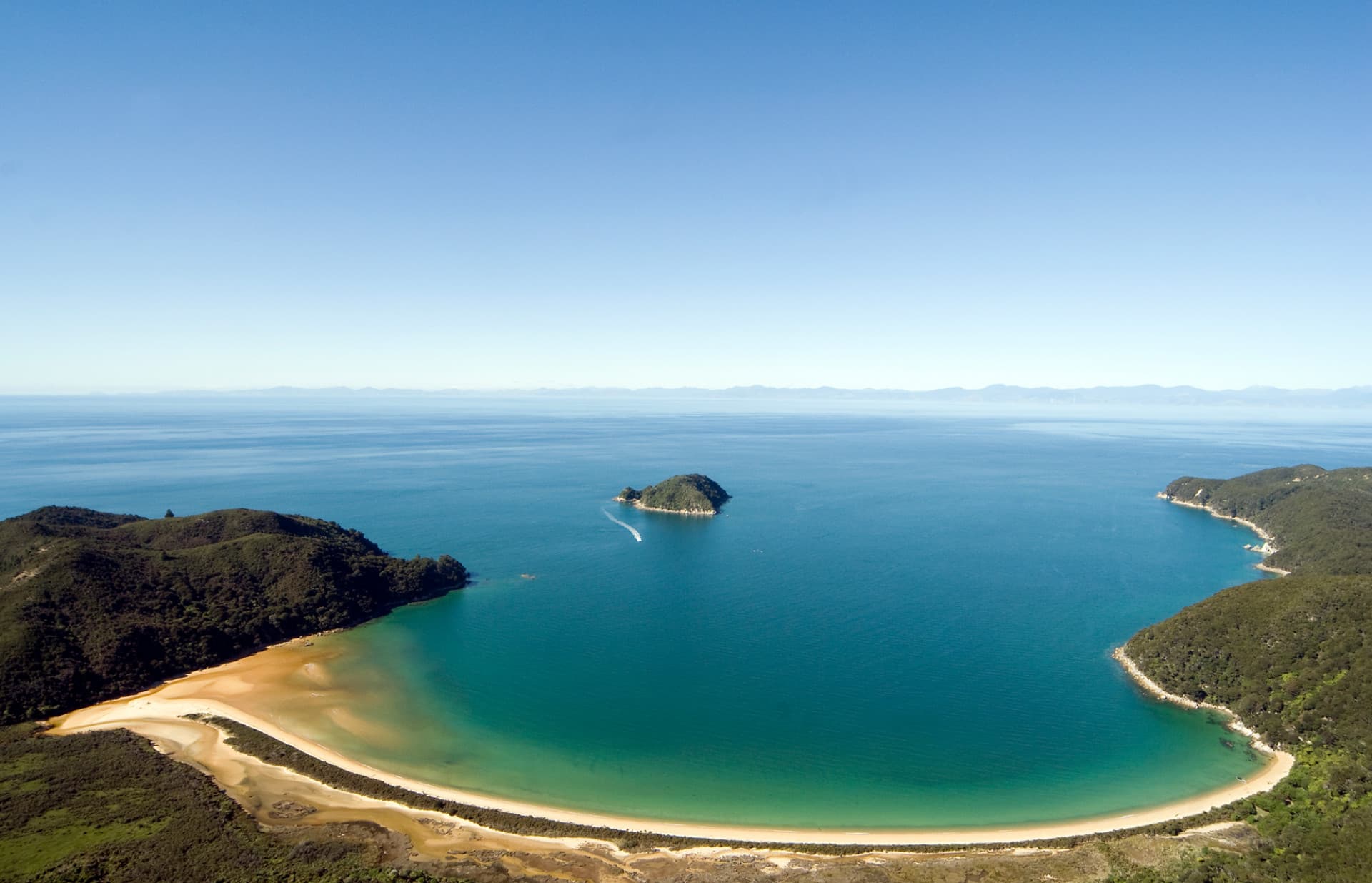Related projects & activities


Posted on Friday 16 March 2018
In addition, a class from Brooklyn School (Motueka) joined two researchers in person to explore the Nelson Haven estuary, and learn about the ecosystem services provided by shellfish and ‘tipping points’.
Initial teacher feedback has shown the field trip has raised the young people’s – and through them, their friends’ and whānau’s – awareness of and critical thinking about how we use marine ecosystems, and their local marine spaces in particular.
"The feedback and discussions we are having back at school have been amazing. The class is very proud [to have been involved] and is planning to take action in the Kaiteriteri area or within our little stream next to school.”
- Vicki Karetai, teacher at Brooklyn School
There is a wealth of high quality, open access information, videos and interactive activities on the LEARNZ website. These are complemented by new Science Learning Hub resources, also based on our research.
The trip covered a different topic each day.
Each pair of scientists had a live web Q&A with the schools. Then Shelley, the LEARNZ teacher, accompanied them on their fieldwork. The fieldwork was filmed and made into 4 videos that the children watched the next day.
"The videos show how interesting estuary ecosystems are if you take the time to look closer – and how easy it can be to do monitoring with minimal equipment. This was my first time being filmed, and learning to condense what I needed to say into concise but informative sentences was a great experience. And I had heaps of fun!" Josie Crawshaw
"The field trip was a lot of fun and gave me an insight into how complex science ideas can be broken down for kids to actively interact with. It was refreshing to explain the technology that I work with in a light, fun manner and awesome to feel a part of how science is portrayed to schools." Olivia Price
“The field trip was very successful both in terms of uptake and in terms of what we covered. It worked well because of its relevance to many students throughout the country.” Shelley Hersey, LEARNZ teacher/presenter.
More than 4,600 pupils from 150 schools from across the country enrolled for the field trip, significantly exceeding the target of 3,000.
The total number of participants is almost certainly greater because the resources are open access, so schools did not have to enrol. Additionally, the resources will remain freely available for the foreseeable future so other schools can participate retrospectively.
Coincidentally, all 6 scientists were women, which was fitting as the final day of the field trip was International Women’s Day.
